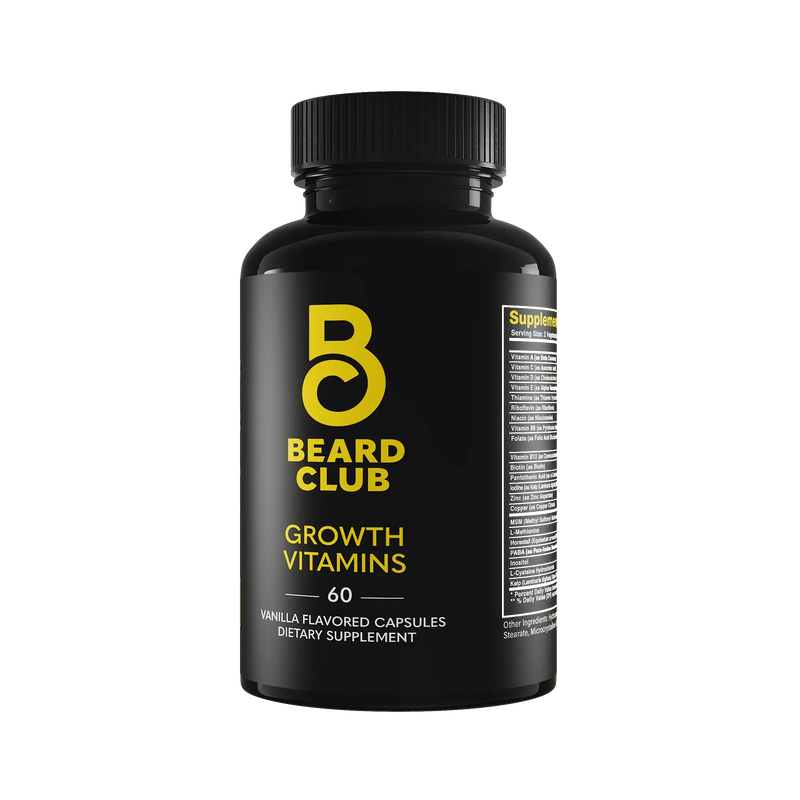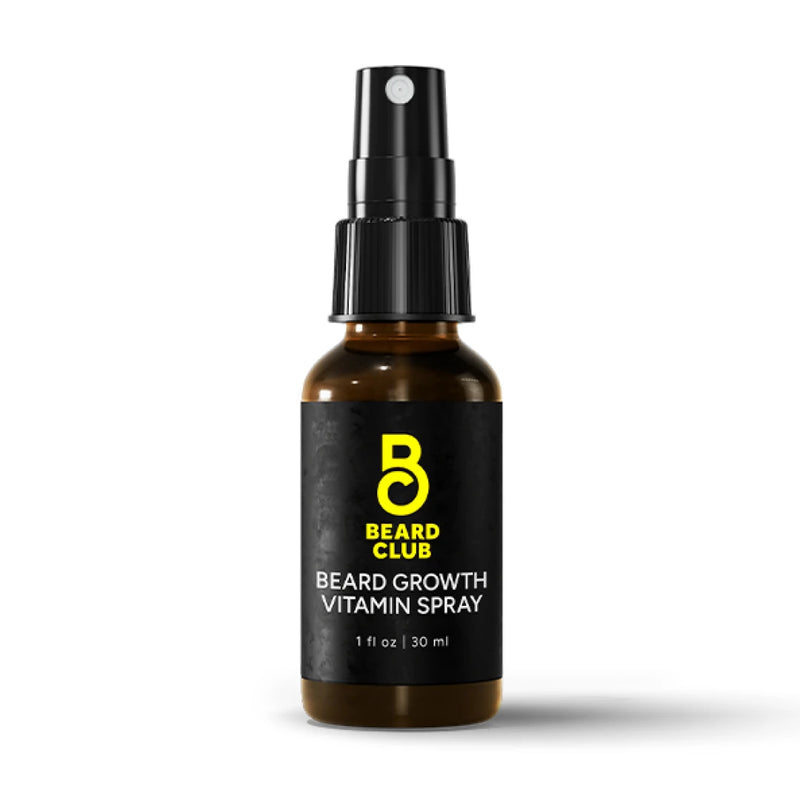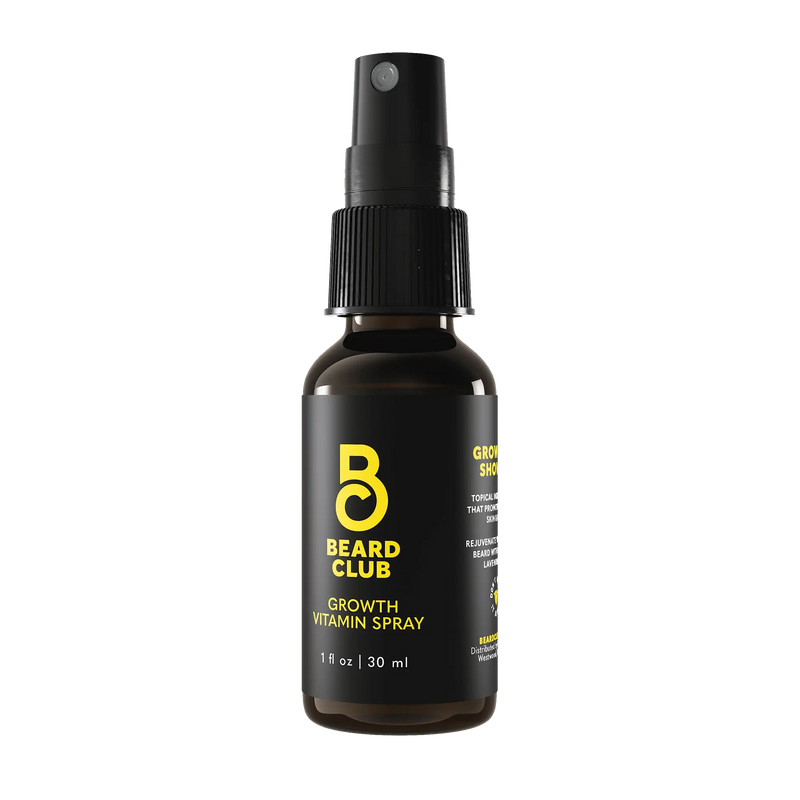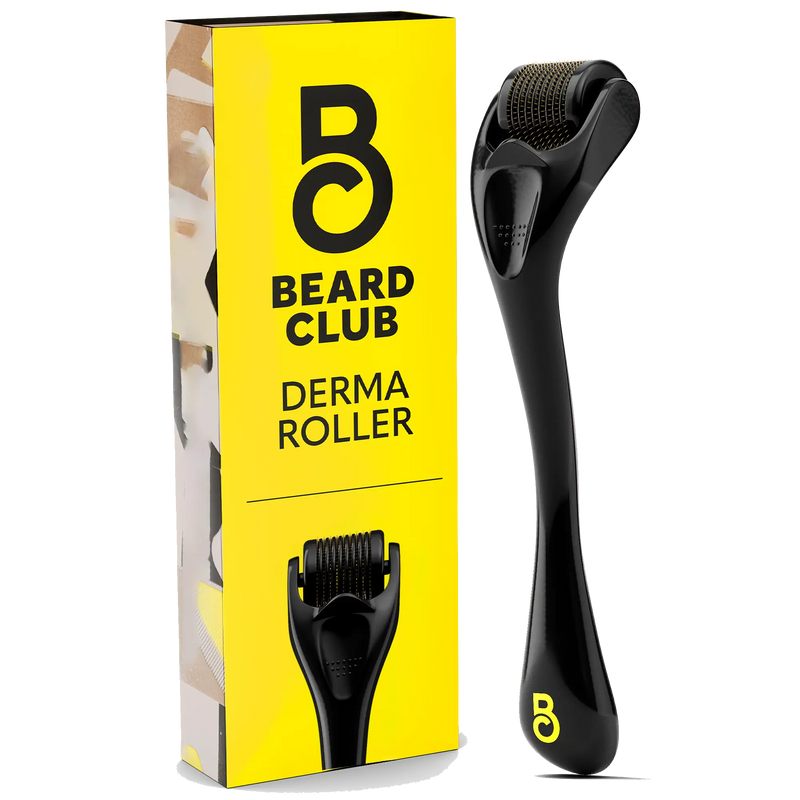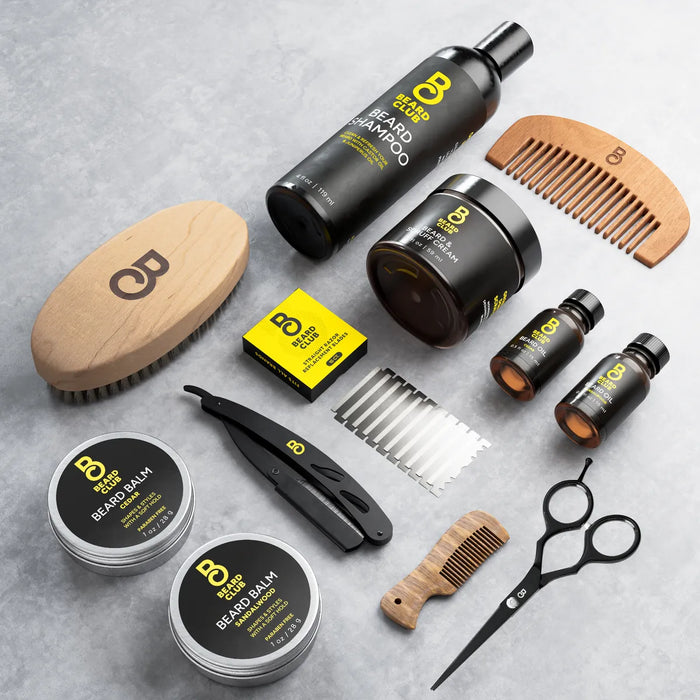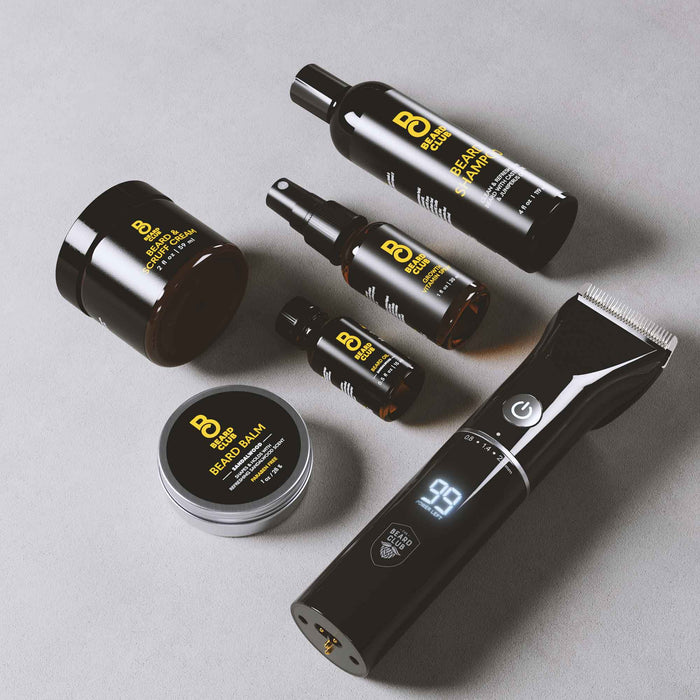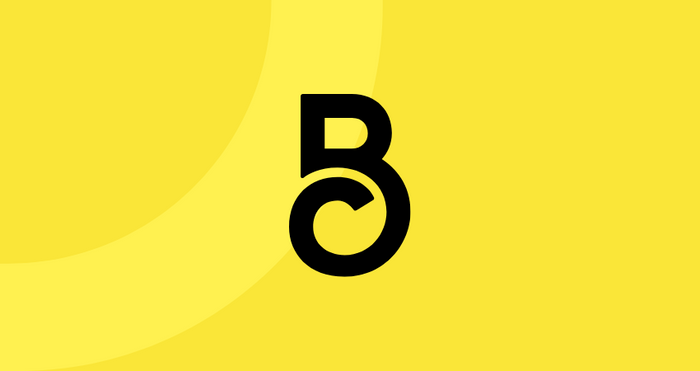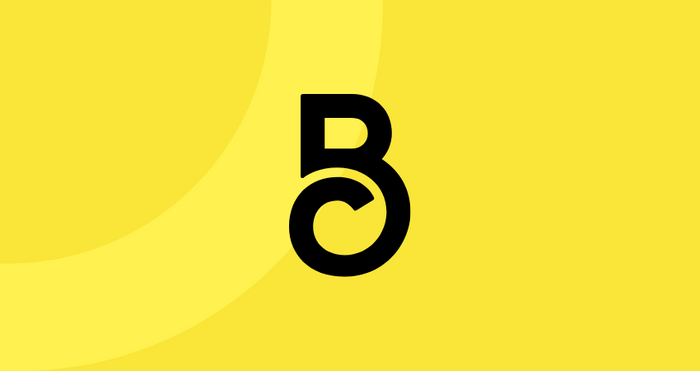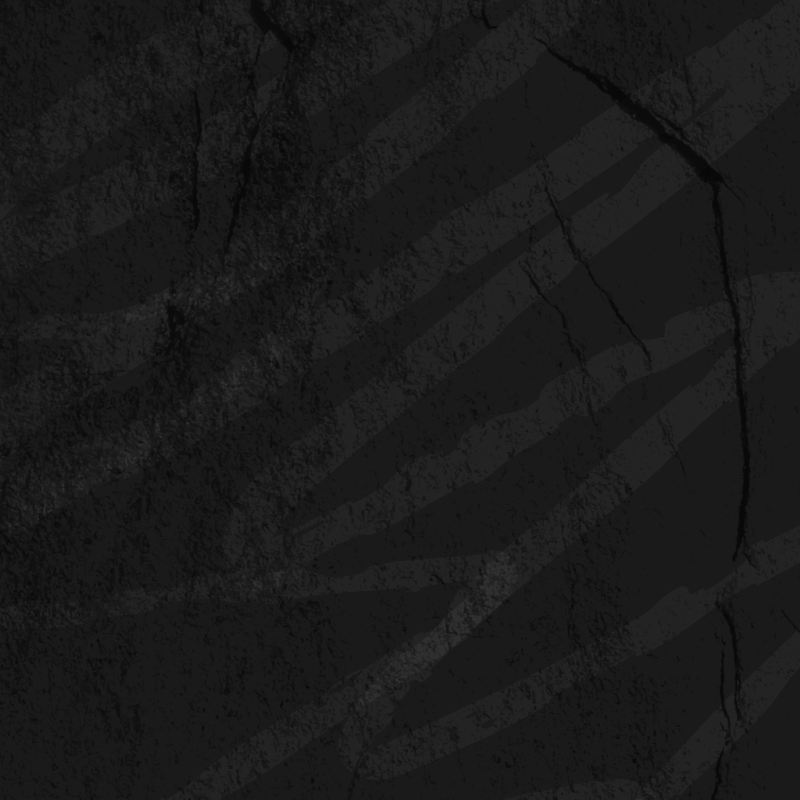How to Straighten a Goatee (Without Damaging Your Beard)
Chin hair doesn’t always cooperate. It can curl, wave, flare outward, or resist shaping entirely. For guys who want a sharper, more controlled look, getting those hairs to lie flat takes a little more than just heat and hope.
You don’t need to fight it—you just need the right tools, a smart technique, and a little consistency. This guide walks you through how to effectively straighten your goatee, discusses the safest methods, and provides guidance on maintaining its shape without long-term damage.
Why Your Goatee Won’t Stay Straight
Facial hair grows with different rules than scalp hair. Curly beard hair, especially in the chin area, tends to be denser, coarser, and drier. A study published in the Journal of Materials Science found that facial hair is more broadly elliptical in cross-section, which is what contributes to its unpredictable growth pattern and tendency to curl and spiral near the root.
Due to these differences in texture and growth patterns, facial hair follicles also respond differently to various climate and environmental factors, including humidity, friction, and temperature. So if your goatee feels wiry, frizzy, or refuses to lie flat, that’s not a flaw—it’s just physics. But if you want to straighten it out to achieve a sleeker beard look, there are safe and effective ways to do it.
Should You Straighten Your Goatee?

There’s nothing wrong with keeping your goatee style natural, but if you’re going for a neater, more uniform style, then straightening techniques can make shaping easier and give your beard a cleaner silhouette.
Some men straighten beard hair for aesthetic reasons, while others do it to match the natural direction of their hair growth or to reduce puffiness. The key is to do it safely. Overusing heat or the wrong products can cause dryness, split ends, or breakage, especially along the ends where the beard hair is oldest and most fragile.
The good news is that with the proper techniques and protective products tailored to your beard style and length, you can straighten your goatee without wrecking your beard growth and health.
Method 1: Use a Heated Beard Brush
Best for: Medium to long goatees that curl or flare outward
A high-quality heated brush is one of the easiest ways to straighten a goatee, especially if it’s longer than half an inch. Heated beard straightening brushes combine ceramic heat plates and bristles to gently press and shape your beard with more control than a blow dryer and less risk than a flat iron or regular hair straightener.
Here’s a quick tutorial on how to do it right:
-
Start with a completely dry goatee. Heat and water can cause damage, so towel dry and wait at least 15 minutes after a shower.
-
Apply a heat protectant, usually an oil-based product with grapeseed, argan, or vitamin E, to help shield the hair cuticle. Before using the heated brush, detangle with a wide-tooth comb.
-
Set the brush to a low heat temperature to start (ideally under 350°F or 175°C).
-
Brush downward or outward, depending on your shape goal, using slow, even passes.
-
Once styled, apply a dime-sized amount of biotin beard balm to add weight and hold the shape.
Scientific side note: Ceramic brushes with temperature control are your best bet. Hair begins to undergo thermal damage above 365°F (180°C). Stay below that to preserve cuticle health when using any straightening iron tools.
Method 2: Blow Dry with a Round Brush or Comb
Best for: Daily styling or shorter goatees
A traditional blow dryer can also provide a natural, relaxed straightness with the proper method. The idea here is to stretch the hair fiber while directing warm air downward to set a straighter shape.
How to straighten with a hair dryer step by step:
-
Start with towel-dried (not soaking wet) hair.
-
Apply a leave-in conditioner or beard oil to add slip and avoid snagging and tangles.
-
Work in sections with a round brush or wide-tooth comb to gently stretch the hair downward or outward.
-
Use the blow dryer on a low to medium heat setting. Keep the dryer 2–3 inches away from your face and aim the airflow in the same direction as the hair.
-
Finish with a cold shot of air to set the shape.
This method takes a bit more time than a heated brush, but it gives you more control over specific areas that tend to curl or puff out.
Method 3: Deep Condition and Moisture Training

Best for: Guys avoiding heat, or dealing with coarse, wiry texture
If your goatee feels dry, stiff, or constantly unruly, it might not be a shape issue—it could be a hydration one. Facial hair that’s under-conditioned doesn’t bend easily, so it resists styling and holds its natural curve more stubbornly. Regular deep conditioning can help soften the keratin bonds and gradually reduce curl tension. With consistency, this can make the goatee appear straighter and more cooperative.
Try this beard care routine once a week:
-
Cleanse your facial hair with a moisturizing beard shampoo to remove dirt and debris without stripping natural oils.
-
Massage a generous amount of beard oil or conditioning butter into your goatee.
-
Wrap a warm, damp towel around your chin for 10–15 minutes to open the cuticle and let the product absorb.
-
Rinse lightly, or leave in overnight for extra softness.
You can also use beard conditioners or masks that contain fatty alcohols (like cetyl or stearyl alcohol), which coat the hair shaft and reduce friction without clogging pores. Over time, regular conditioning and brushing can “train” your beard to grow and stay straighter.
What About Chemical Straighteners?
Technically, chemical relaxers are sometimes marketed for beards, but they aren’t recommended. Beard hair is much more reactive than scalp hair, and chemical relaxers can irritate the skin, especially around your mouth.
Even when applied correctly, these treatments permanently break down the structure of the hair shaft. That means you’re dealing with long-term texture change and potential dryness, brittleness, and uneven growth.
If you’re set on chemical straightening, talk to a barber who specializes in textured facial hair. Otherwise, stick with heat and conditioning methods, which offer more flexibility and less risk.
Beard Tools & Products That Help
Not every product is designed with beard hair in mind. Many general-use tools are designed for scalp hair, which tends to be softer and less prone to frizz or static.
Here’s what’s worth keeping in rotation:
| Item | Why It Works |
|---|---|
| Heated beard brush | Easiest tool for straightening longer goatees |
| Wide-tooth comb | Detangles without pulling or breakage |
| Round brush (small) | Creates light tension for shaping with dryer |
| Heat protectant oil | Shields hair from thermal damage |
| Beard balm or butter | Adds hold and controls shape after styling |
Avoid stiff waxes or pomades as they tend to clump or dry out facial hair, especially after using heat tools.
Care Routine for Long-Lasting Style Without Damage
A freshly straightened goatee doesn’t always stay that way, especially if it’s humid, windy, or you tend to touch your face often. A few small habits can help straight beard hair last longer:
-
Use a small amount of balm after styling to replenish moisture and add structure.
-
Avoid over-brushing or re-styling once it’s set because constant friction can weaken the hold.
-
Sleep on a smooth pillowcase (satin, silk, or bamboo) to reduce friction overnight.
-
If your beard gets bent during the day, a quick touch-up with a warm beard comb can often fix it. A full reset isn’t needed.
Straightening your goatee doesn’t have to mean frying it with a beard straightener every morning. With consistent care and the right grooming strategy, you’ll get a controlled, polished look, minus the heat damage.
Straighten with Confidence, Not Compromise
Beard hair doesn’t behave like head hair, and your goatee deserves tools and techniques that respect its texture. Chin hair grows in unpredictable ways, and sometimes all it needs is a little structure and a consistent beard routine to fall in line.
Whether you’re smoothing things out for style, uniformity, or control, focus on protecting the hair, training it gradually, and building in habits that support the shape you want.
Looking for products that respect beard texture from the start? The Beard Club offers beard care, trimmers, and styling tools designed to support beards without compromising their overall health.



